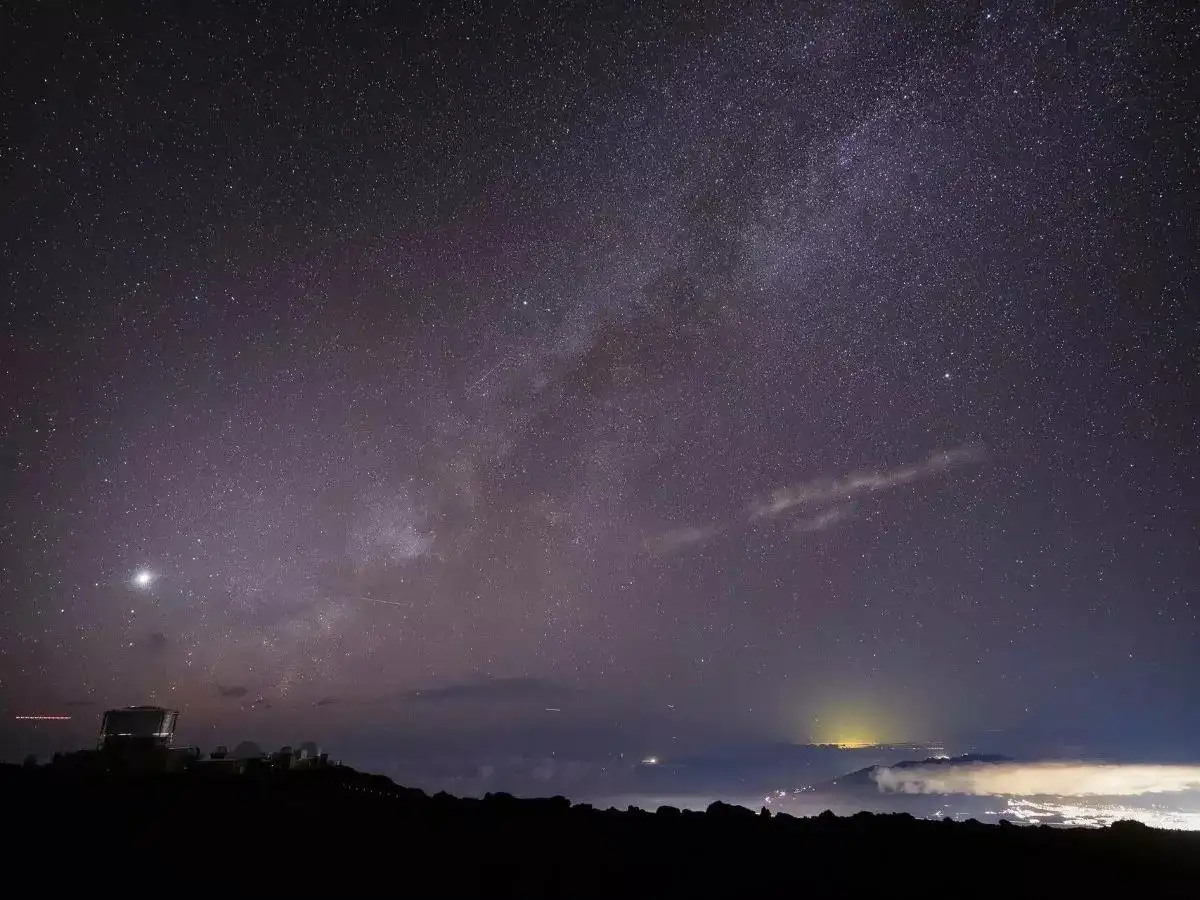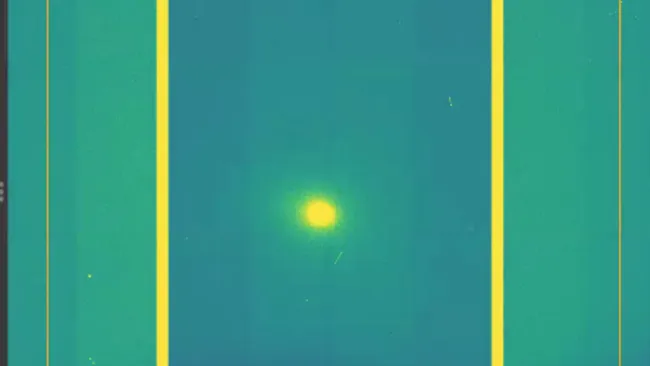Astronomers have uncovered a remarkable binary star system, NGC 3603-A1, located approximately 25,000 light-years away in the Milky Way’s star-forming region NGC 3603. This discovery, led by Dr. Phil Massey of Lowell Observatory, identifies the system as one of the most massive binary pairs ever observed.
System Composition and Orbital Dynamics
The NGC 3603-A1 system comprises two massive stars: one with about 93 times the mass of the Sun and the other with approximately 70 times the Sun’s mass. These stars orbit each other every 3.8 days, making their orbital period shorter than Earth’s year. Such rapid orbits are characteristic of massive binary systems, where gravitational interactions significantly influence stellar evolution.
Unique Characteristics and Stellar Evolution
Despite their immense size and energy output, the stars in NGC 3603-A1 are relatively young. They exhibit characteristics similar to Wolf-Rayet stars—massive, hot stars nearing the end of their lives—but are still in their early evolutionary stages. This anomaly provides valuable insights into the lifecycle of massive stars and their transformation into Wolf-Rayet stars.
The interaction between the two stars has led to mass transfer, with the smaller star accreting material from its companion. This process accelerates the evolution of both stars, offering a unique opportunity to study the mechanisms driving the life cycles of the most massive stars in the universe.
Discovery and Methodology
The breakthrough in identifying NGC 3603-A1 as a binary system came from an unexpected source. Sarah Bodansky, then an undergraduate student at Carleton College, analyzed archival Hubble Space Telescope data and noticed spectral features indicating the presence of two stars. Her observation was pivotal in confirming the binary nature of the system, highlighting the importance of fresh perspectives in scientific research.
Implications for Future Research
The study of NGC 3603-A1 enhances our understanding of massive star systems and their role in the cosmic landscape. These stars are considered progenitors of binary black holes, which can merge to produce gravitational waves detectable by observatories like LIGO. Understanding such systems is crucial for predicting future cosmic events and advancing our knowledge of the universe’s evolution.
















Leave a Reply